- Blog
- Roadworthiness Certificate in the EU - What EU Dealers Should Know
Roadworthiness Certificate in the EU - What EU Dealers Should Know
Stay compliant and keep your vehicles safe with our easy-to-follow guide on roadworthiness certificates. Find out what an RWC is and when car traders need it.
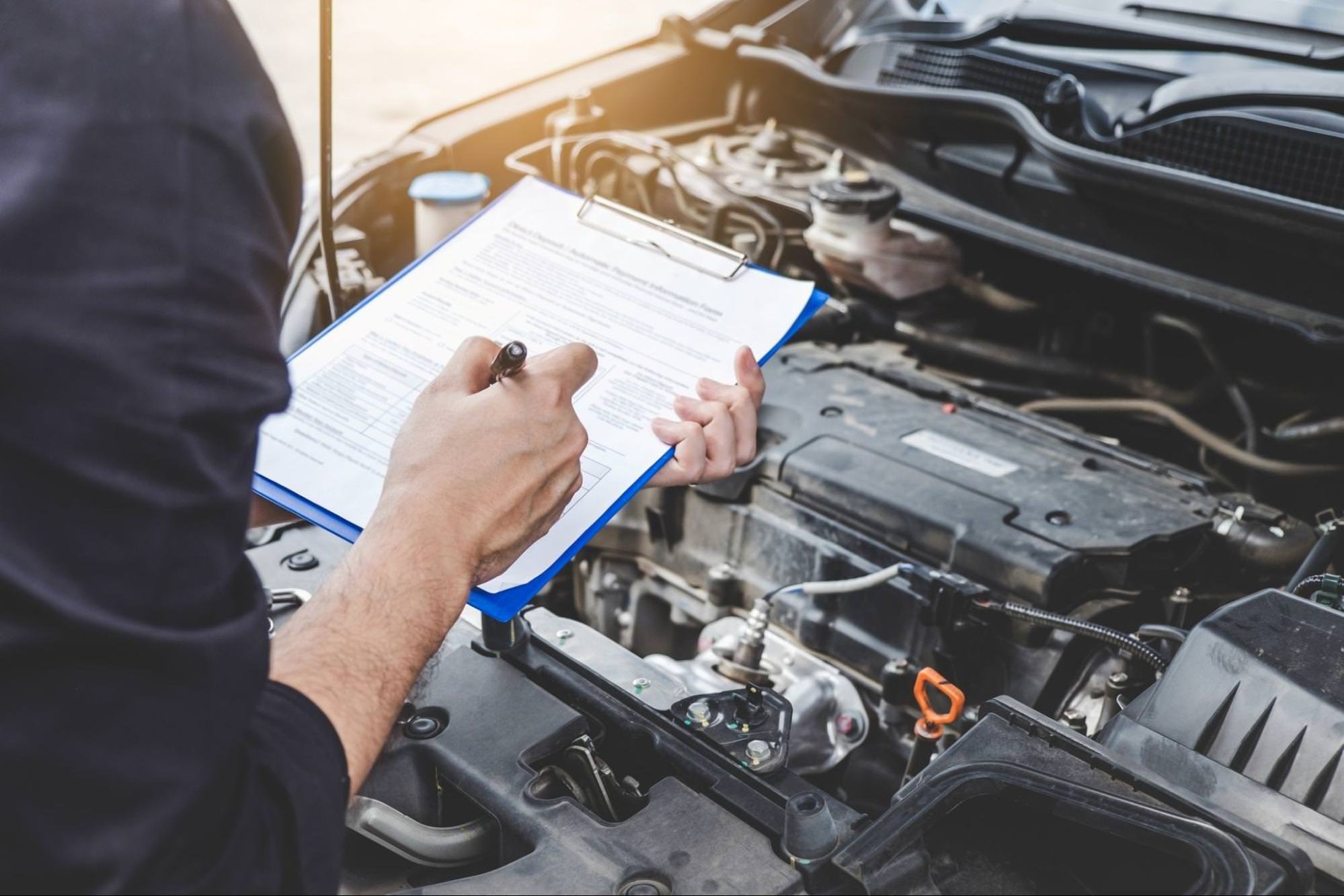
Numerous European rules and regulations are keeping unsafe vehicles off of the roads.
One of these measures is the Certificate of Roadworthiness, a document certifying that a vehicle meets safety and environmental standards, clearing it for use on public roads.
So, if you’re in the business of trading used cars in the EU, it’s crucial to understand the Roadworthiness Certificate and the rules surrounding it. That way, you and your buyers can ensure compliance and avoid potential issues when registering vehicles.
What is the EU Roadworthiness Directive?
The roadworthiness certificate (RWC) isn’t standardized across the EU; every EU member has its own RWC version.
However, each version is based on the Directive 2014/45/EU, known as the EU Roadworthiness Directive.
The Directive sets the minimum standards for vehicle inspections across all EU member states. Essentially, it aims to reduce road accidents and pollution by making sure vehicles are regularly checked and maintained.
Here’s an overview of some key areas covered by the Directive:
- Vehicle categories
- Testing intervals
- Exemptions
- Defect classification
- Fraud prevention
The full text is available on EUR-Lex. But if you’d prefer a simplified version of the EU Roadworthiness Directive without all the legal jargon, you’ll find this comprehensive summary of legislation created by the EU monitor helpful.
What is the meaning of a "roadworthy condition" in the EU?
You’ll find that the RWC is sometimes also referred to as the road-worthy certificate. But, what exactly makes a vehicle roadworthy?
The answer depends on the vehicle category, ranging from whether we’re talking about fast tractors, motorcycles, or heavy trailers.
But to make things simpler, we’ll focus on the vehicle category M1—passenger cars designed to carry up to eight passengers—as that’s what most car dealers deal with daily.
So, according to the EU Roadworthiness Directive, a vehicle is considered roadworthy if it meets several criteria during inspections. These criteria include:
|
Criterion |
Brief description |
|
Braking equipment |
The vehicle’s braking system must be effective and reliable. |
|
Steering |
The steering mechanism must be responsive and safe. |
|
Visibility |
Includes the functionality of windshields, mirrors, and wipers. |
|
Lamps, reflectors, electrical equipment |
All lights, indicators, and electrical components must be operational. |
|
Axles, wheels, tires, suspension |
These components need to be in good condition and meet safety standards. |
|
Chassis and chassis attachments |
The vehicle’s frame and attached parts should be secure and free from significant corrosion or damage. |
|
Other equipment |
Includes seatbelts, horns, and other mandatory equipment. |
|
Nuisance |
The vehicle should not emit excessive noise or pollutants, ensuring that it’s environmentally compliant. |
The directive also prescribes how each criterion should be tested and lists the reasons for test failure.
All in all, a vehicle is roadworthy if it passes these inspections in approved testing centers.
When do you need to pass a vehicle technical inspection?
All EU vehicles need to undergo technical inspections at regular intervals. For instance, passenger cars and light commercial vehicles (categories M1 and N1) in most countries need to be tested four years after their first registration and every two years after that.
You can check the inspection frequency for other categories in the Directive 2014/45.
In some cases, additional inspections are needed even earlier for all vehicle categories, and these cases are:
- After an accident
- When the holder of the registration certificate changes
- On reaching 160 000 km
- In cases where road safety is seriously affected.
However, the most important piece of information for car traders is that they need to pass technical inspections when importing cars from other countries into their country.
Even if the car has a fresh technical inspection certificate from its origin country, it usually won’t be registered unless it passes the local inspection.
Let’s say that you were importing a car in France.
In that case, you’d have to do a contrôle technique. For importing a car to Germany, you’d go for the TÜV Certificate. Similar procedures apply in other EU countries.
Regardless of how recent the original inspection was, passing the local technical inspection is obligatory to register the vehicle. It may sound like a lot of work, but that’s the price we pay for road safety!
What information is usually included in an RWC?
Local versions of RWCs may differ slightly in format, but they all contain essential information about the inspection. They’re usually organized into categories similar to those below.
1) Vehicle information
- Vehicle type
- Make and model
- Year of manufacture
- Vehicle identification number (VIN)
- Registration number
- Color
2) Inspection details
- Date and time of the inspection
- Inspector’s name and certification number
- Location of the inspection station
3) Technical specifications
4) Inspection results
5) Final assessment
- Overall vehicle condition (e.g., roadworthy or not roadworthy)
- Certification status (e.g., pass, fail)
- Validity period of the certificate
This checklist can let you know what to expect in an RWC, but real-life examples are always the best. So, let’s see what roadworthiness certificates look like across Europe.
Roadworthiness Certificate in France
The French RWC version is called contrôle technique.
The official Service-Public.fr website lists common questions related to the roadworthiness tests in the country, so drivers and car merchants can easily find out what’s required, how to get it done, and what paperwork is needed.
There’s even a cheat sheet depicting what the contrôle technique tests, making the procedure approachable to anyone.
► French RWC template
The French certificate is printed on A4 paper, and it’s white with other colors highlighting different sections and information. You can find the template for the French RWC used for M1 and N1 vehicles since 2018 below.
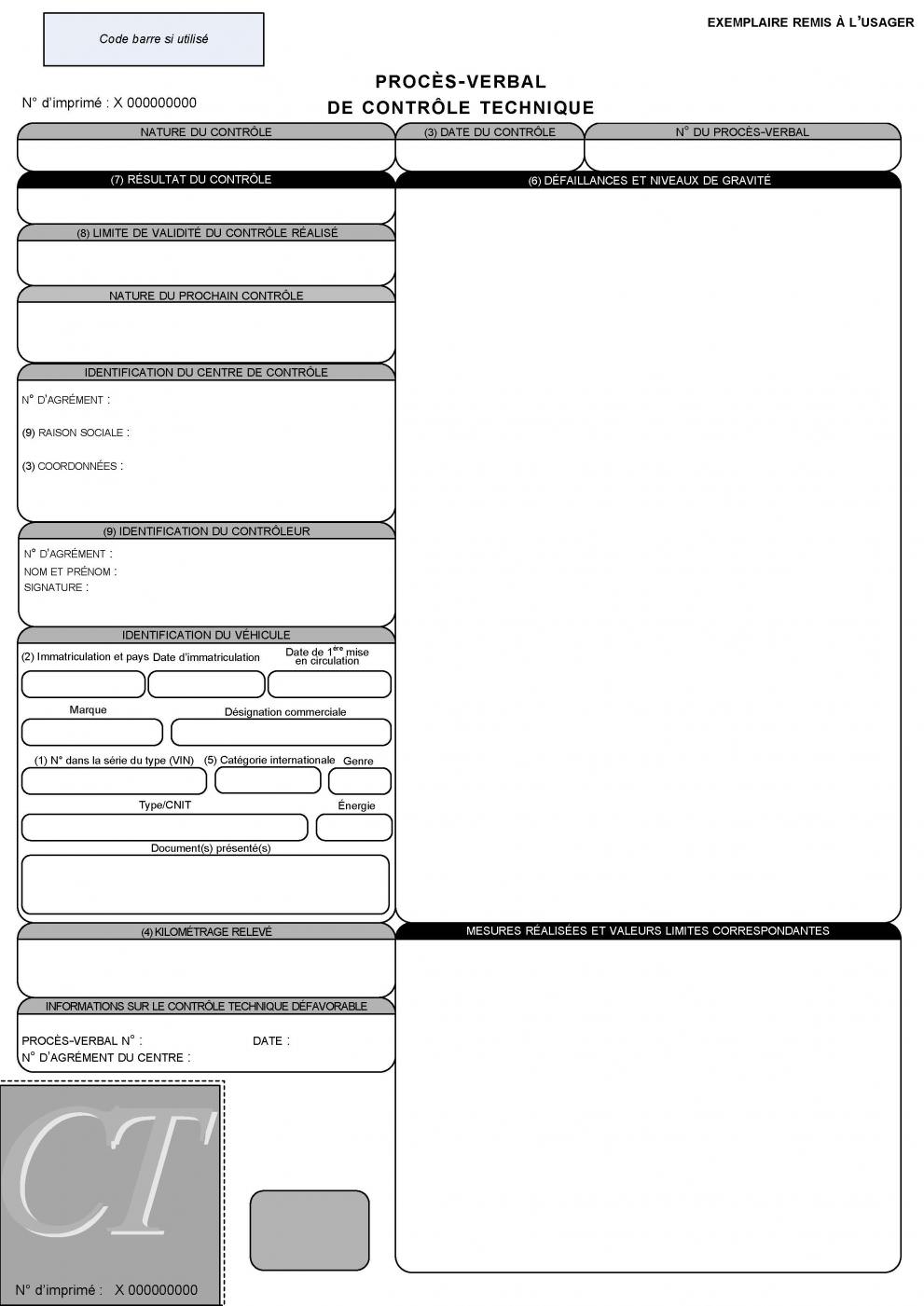
Source: European Commission
► Inspection frequency
For the M1 category, the first mandatory test is within four years after the date of entry into service, and every two years after that.
Roadworthiness Certificate in Germany
To import vehicles to Germany, you’ll have to pass the technical inspection colloquially known as TÜV.
This inspection is named after one of the organizations that carry out road-worthiness tests, the Technischer Überwachungsverein—TÜV.
► German RWC template
The RWC/TÜV certificates, like the one you can find below, are printed on blue A4 paper.
You can check the certificate’s authenticity by looking for a security watermark featuring the TÜV logo, and a round stamp with the organization’s name and the inspector’s ID number.
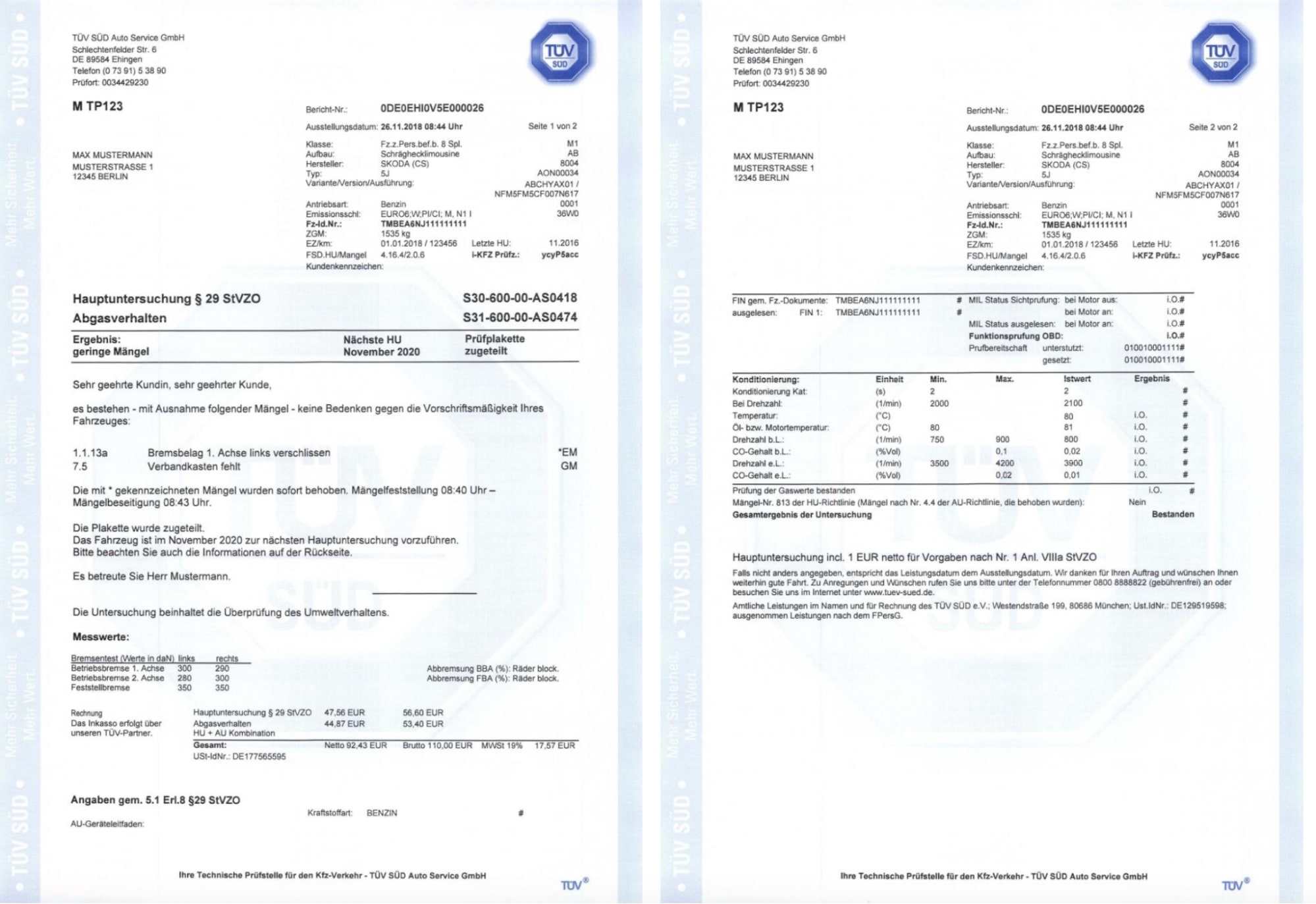 Source: European Commission
Source: European Commission
► Inspection frequency
For M1 vehicles, the first inspection is within three years after the date of first registration, followed by every two years.
Roadworthiness Certificate in Spain
The Spanish technical inspection needed to obtain the RWC is called ITV, which stands for Inspección Técnica de Vehículos.
Passing the ITV is one of the steps you need to take to import a car to Spain, so it’s important to prepare for the requirements and procedures involved.
You can find the locations of the DGT-approved inspection centers on the DGT (Dirección General de Tráfico) website.
► Spanish RWC template
The Spanish RWC is primarily white and it’s printed on A4 paper. Note that the certificate may look slightly different across Spanish regions, as some certificates might have logos specific to the region, the testing center, or the inspection entity.
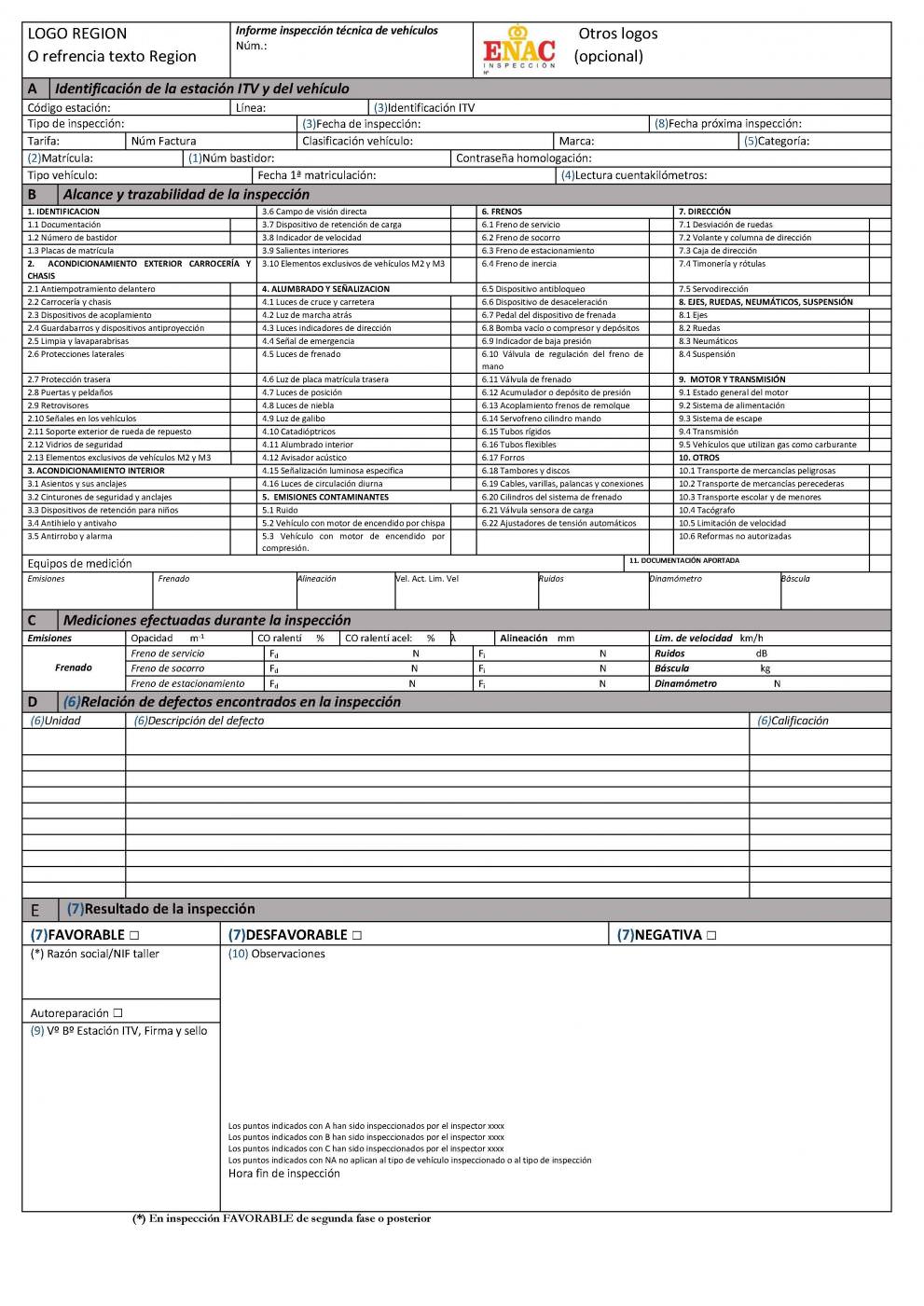
Source: European Commission
► Inspection frequency
In Spain, the first inspection for passenger cars is required after four years. The following inspections are then every two years until the vehicle is ten years old, after which you have to do annual inspections.
Roadworthiness Certificate in the Netherlands
Registering a car in the Netherlands requires passing the Algemene Periodieke Keuring (APK), which is the Dutch version of the RWC.
The organization that oversees the APK inspections is called Dienst Wegverkeer (commonly known as RDW, after its previous name). So, if you have questions about the APK procedures, you might find they’re already answered on the RDW’s site about technical inspections.
► Dutch RWC template
The Dutch roadworthiness certificates are printed on A4 paper, and they’re mostly white. You won’t be surprised to find that orange is the chosen color for highlighting sections!
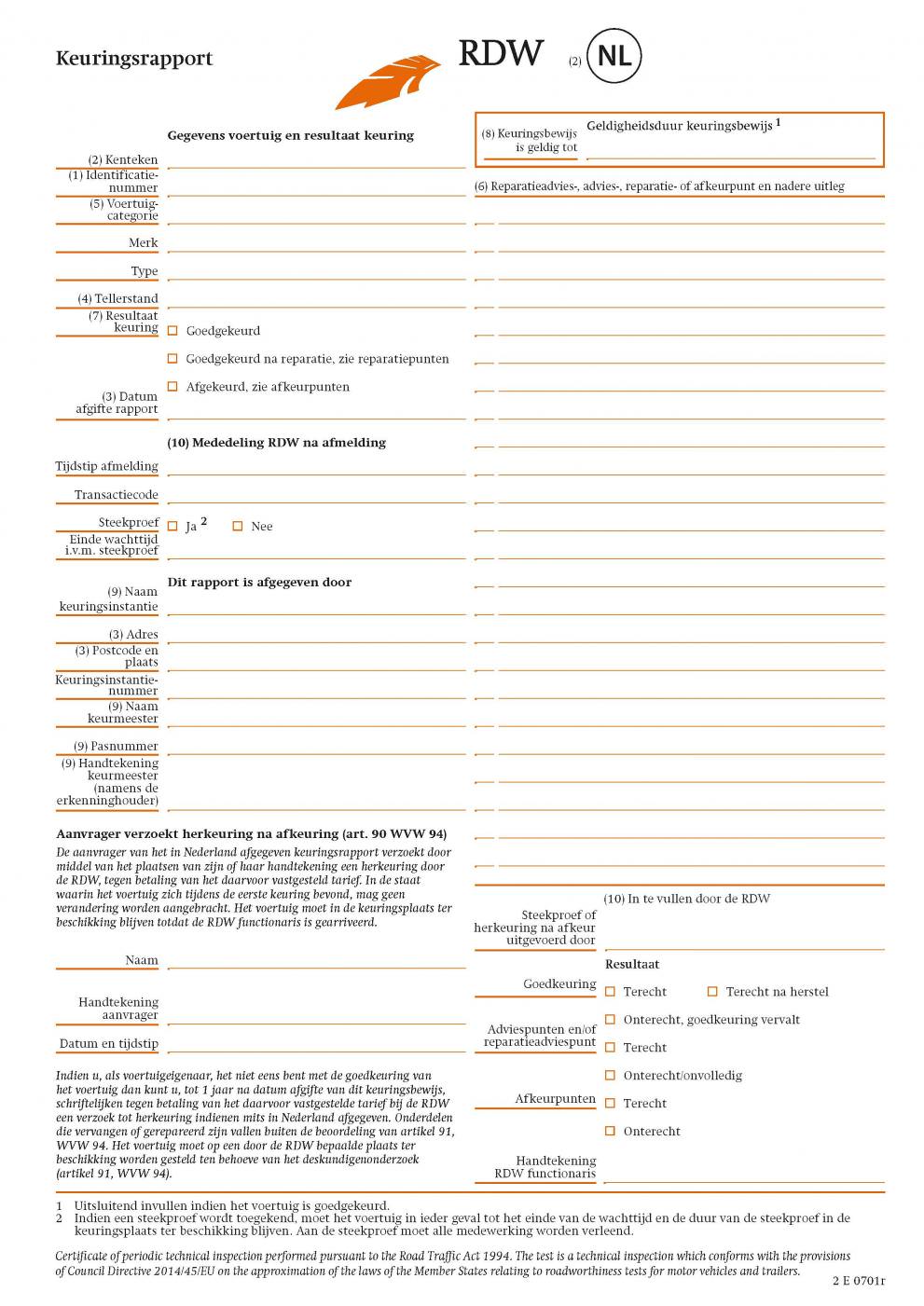
Source: European Commission
► Inspection frequency
The first APK for M1 vehicles is required four years after the initial registration. After that, inspections are every two years until the vehicle is eight years old, and then annually.
Roadworthiness Certificate in Belgium
Belgium has two names for its RWC version: Contrôle technique and Autokeuring. You can find an overview of information about obtaining the certificate on GOCA’s website.
► Belgian RWC template
Belgium has a unique system for issuing RWCs for M1 vehicles, which is why you may receive certificates in two different colors.
If you get a green A4 paper, it means that the vehicle has passed the inspection with either no deficiencies or only minor issues. You can see an example below.
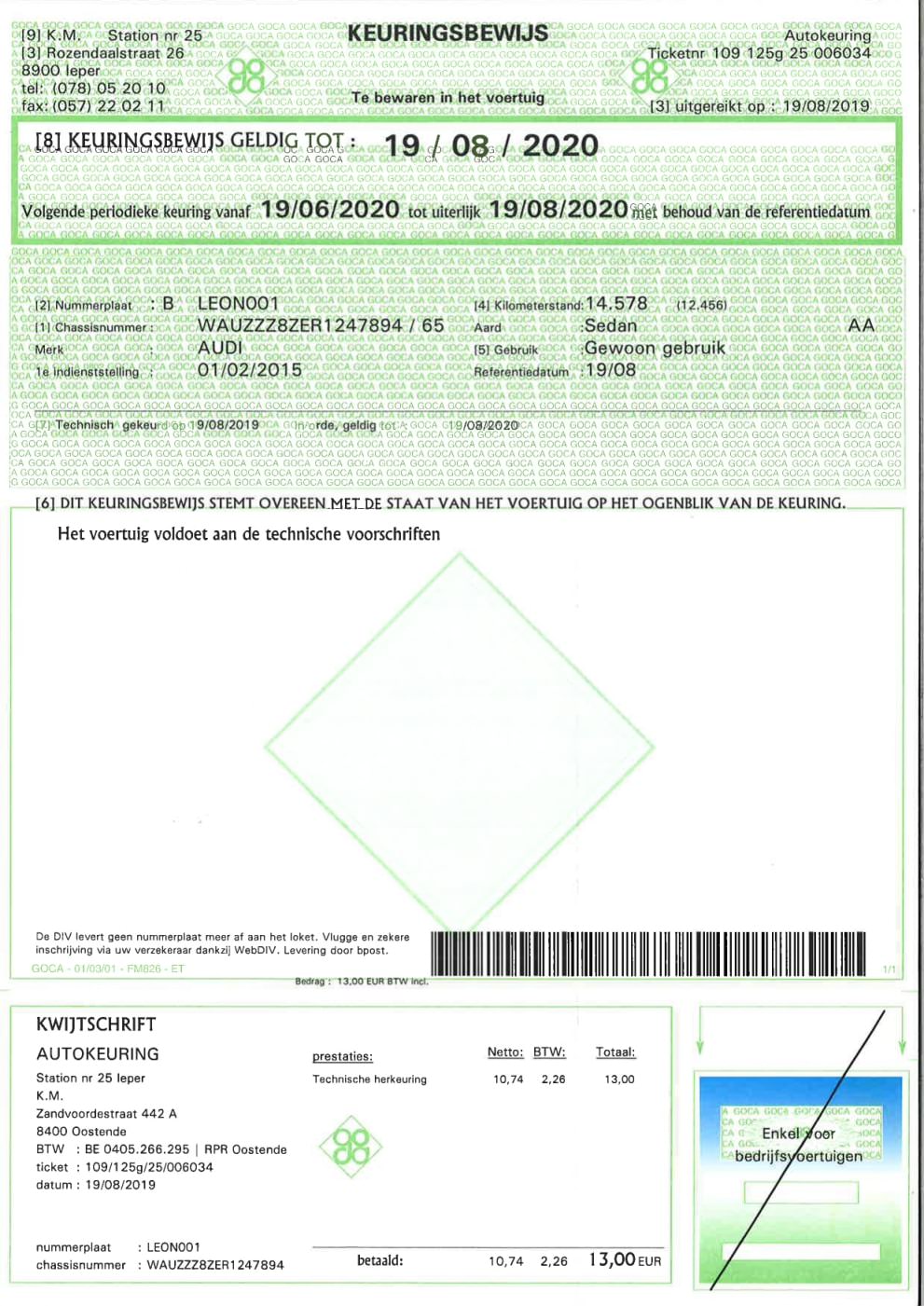
Source: European Commission
However, if you receive a red paper, it means there are significant issues that need fixing within 15 days.
This temporary certificate allows you to drive the vehicle for a short time while you get the necessary repairs done.
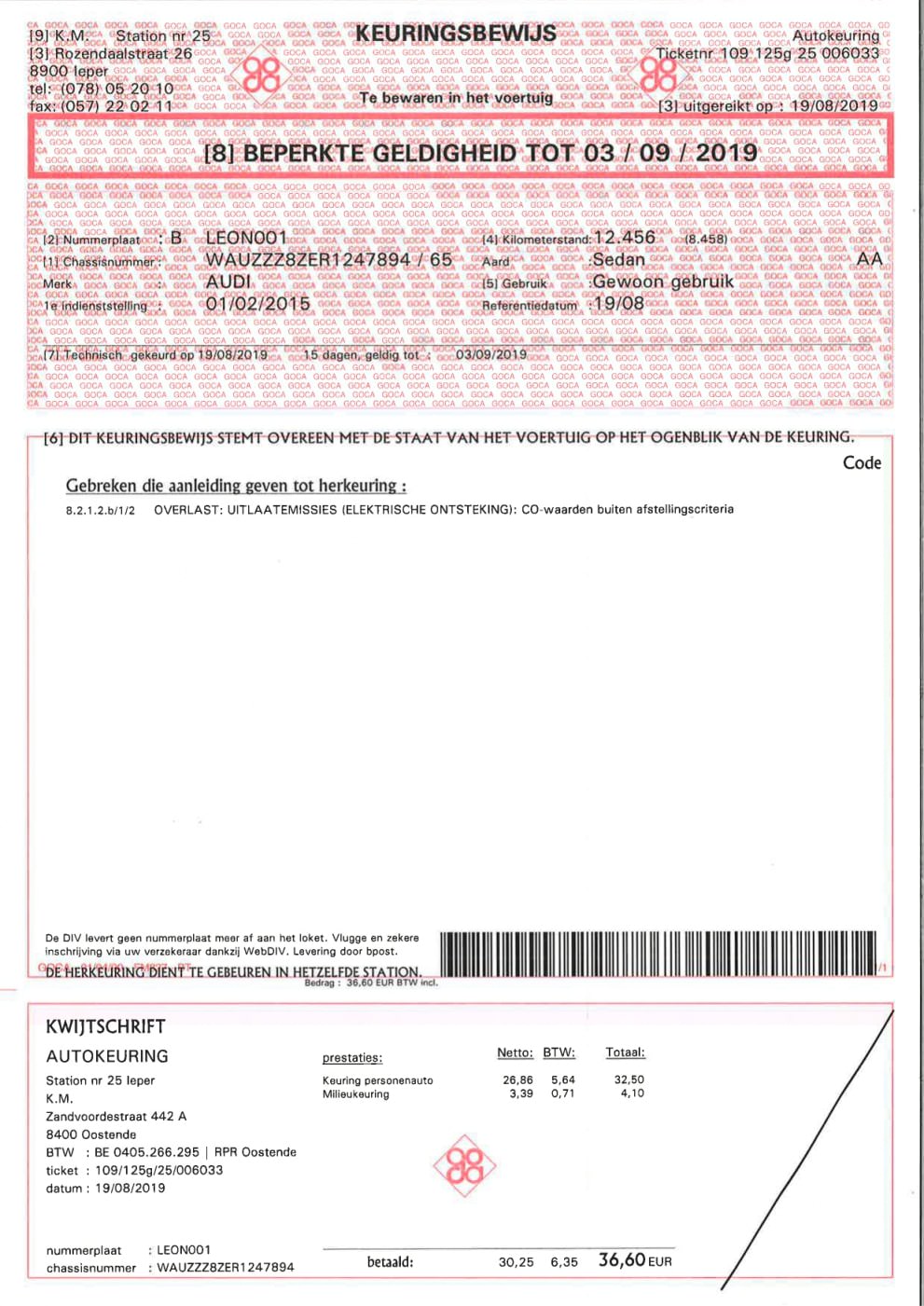
Source: European Commission
► Inspection frequency
M1 vehicles must have their first inspection before they reach four years of registration. After that, yearly inspections are required.
Roadworthiness Certificate in Portugal
In Portugal, the RWC is known by several names:
- Inspeção Periódica Obrigatória
- Inspeção Técnica Periódica
- Inspeção Automóvel Obrigatória
However, the most commonly used name is simply the acronym IPO.
To obtain the certificate and import a car to Portugal, you have to take your vehicle to an authorized testing center regulated by the Instituto da Mobilidade e dos Transportes (IMT).
► Inspection frequency
In Portugal, vehicles need an IPO inspection four years after their first registration. After that, inspections are required every two years until the vehicle is eight years old, and then annually.
Roadworthiness Certificate in Italy
The RWC in Italy is called Revisione, and it’s issued by the Motorizzazione Civile (Vehicle Licensing Office).
You’ll need it to import a car to Italy, so it’s a good idea to go through details about Revisione on the Ministry of Infrastructure and Transport website.
► Italian RWC template
The Italian RWC is white with blue highlights, and it’s printed on A4 paper.
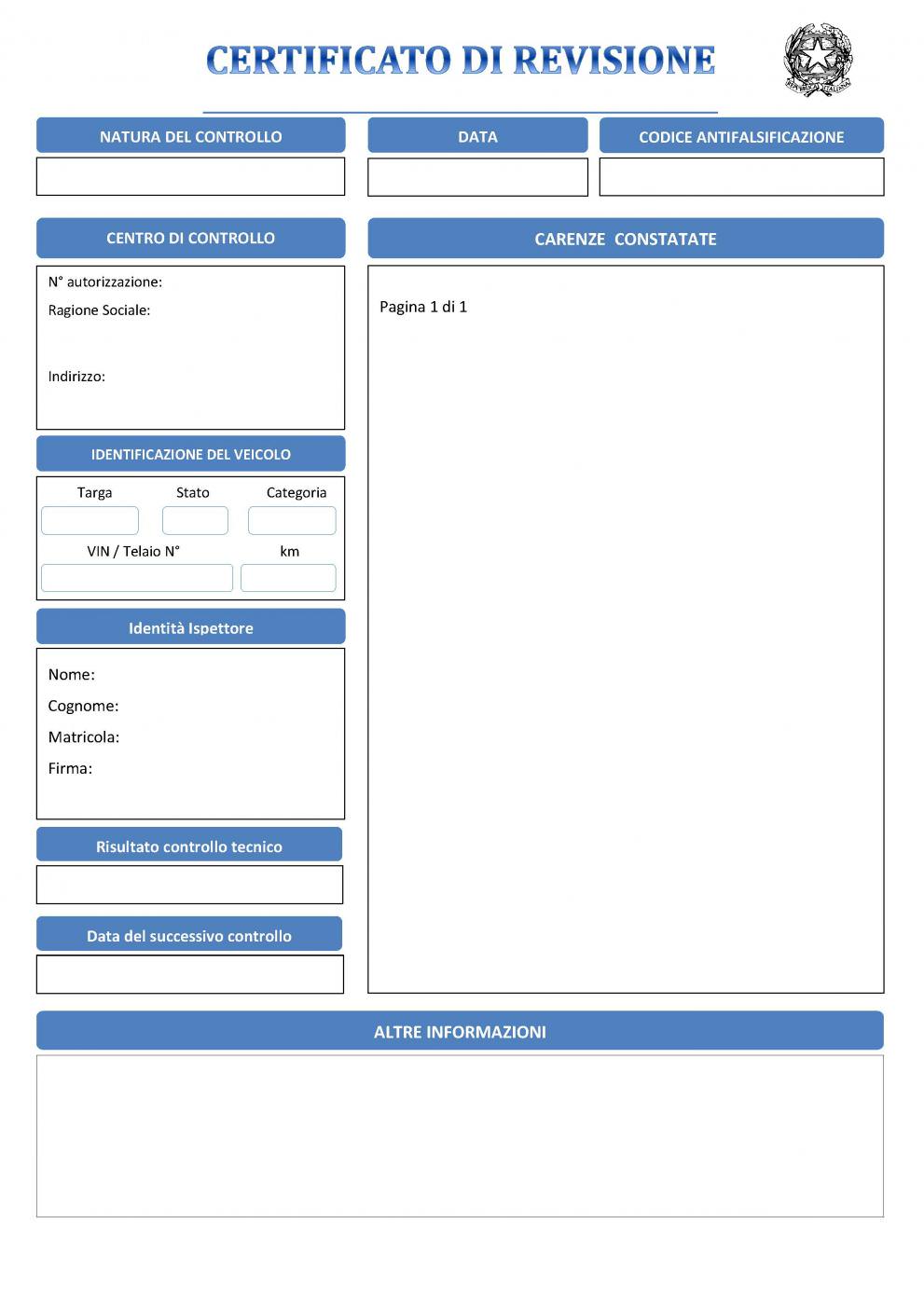
Source: European Commission
► Inspection frequency
M1 vehicles are inspected four years after the first registration and then every two years after that.
Conclusion
There you have it—European roadworthiness certificates explained!
We hope that this breakdown has helped you better understand the processes for importing and registering cars across various EU countries.
Knowing this essential information will help you ensure that you’re compliant with regulations and that the vehicles you sell are safe and reliable.
So, cheers to staying compliant, avoiding potential legal issues, and supporting your car dealership.


